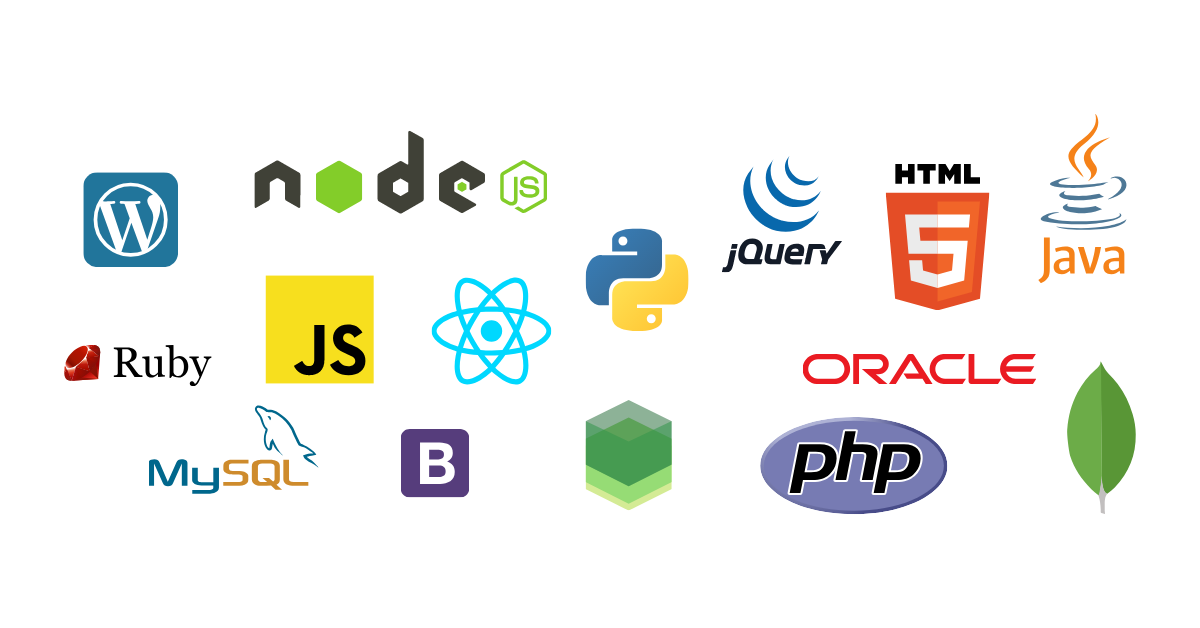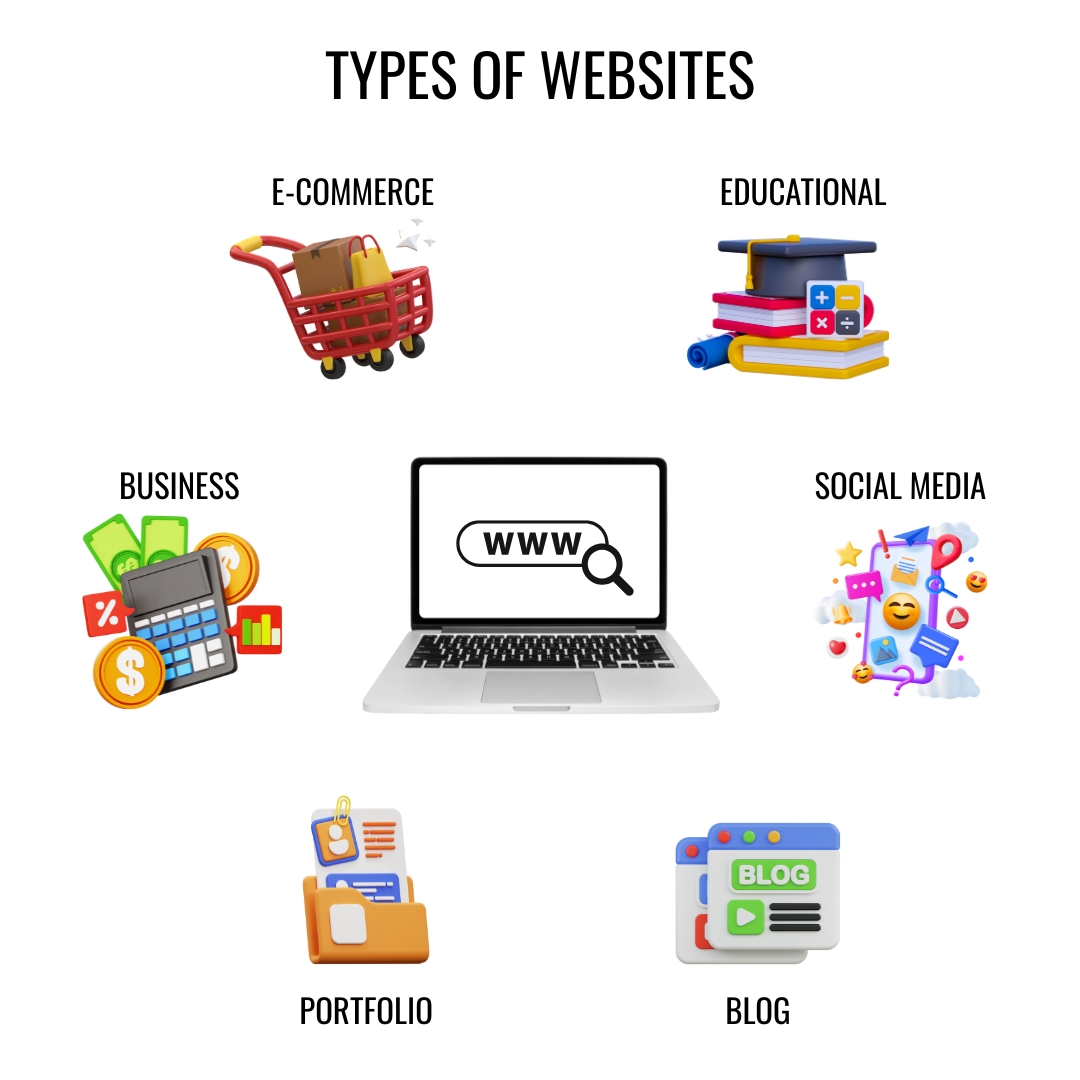How to Choose the Right Tech Stack for Your Web Project
Posted at Jun. 26, 2025
Choosing a tech stack isn’t just a developer decision — it’s a business decision.
The tools you choose for your website or web app will directly impact how fast it loads, how easy it is to update, how secure it is, and how much it’ll cost to maintain in the long run.
So, whether you’re building a customer-facing website, an internal dashboard, or a full-blown SaaS product, here’s what you need to know about picking the right tech stack.
First of All: What’s a “Tech Stack”?
A tech stack is the combination of programming languages, frameworks, libraries, and tools used to build your web project.
There are two main parts:
- Frontend (Client-side) – what users see and interact with
- Backend (Server-side) – what happens behind the scenes, like databases, servers, and app logic
Some stacks are better suited for eCommerce, some for high-traffic platforms, and others for internal tools.

Why Your Tech Stack Matters
Most people think “it just needs to work,” but your stack determines:
- 🧠 Scalability – Can it handle 1,000 users? What about 100,000?
- 🚀 Speed – Will it load fast on all devices?
- 🛠️ Flexibility – Can your developers easily add features or integrate APIs?
- 🔒 Security – Is your data protected at every level?
- 💸 Maintenance Cost – Is it cost-efficient to update, upgrade, and host?
Choosing the wrong tools now could cost you a lot later — in time, money, and missed opportunities.
- Define the Purpose of the Project
Start with the “why.”
- Are you building an eCommerce platform?
- Is this a marketing site that needs speed and SEO?
- Are you building an internal system to improve operations?
Your goals will guide the stack. For example:
- A simple company site? Static generators like Next.js or tools like Webflow might be enough.
- A high-volume platform? You’ll want scalable stacks like React + Node.js + PostgreSQL.

- Consider the Scalability Needs
Are you launching a small MVP or preparing for large-scale use?
Scalability isn’t just about more users — it’s about handling more data, more integrations, more pages, and more complexity over time.
Choose a stack that can grow with you — without having to rebuild everything later.
- Think About Developer Availability and Support
Some stacks are trendy but have smaller developer communities. That means finding talent — or troubleshooting — could be harder.
Techstacks tip: Go with technologies that have strong support, lots of documentation, and an active ecosystem.
- Don’t Forget Security
Security should be baked into the tools you use — not patched on afterward.
Frameworks like Laravel or Django, for example, come with built-in security features. Node.js and React are flexible, but need extra setup to be secure.
Make sure whoever’s building your project knows how to harden your stack, not just build the features.

- Align With Your Long-Term Business Goals
Ask yourself:
- Will this platform still serve us in 2–3 years?
- Can we add features without major rewrites?
- Will we need mobile apps later?
- Are we collecting or storing sensitive user data?
The right stack should align with your vision, not just your MVP.
Final Thoughts
There’s no “one-size-fits-all” stack. Every project has different needs — and picking the wrong tools could limit your success later.
At Techstacks, we help you figure out what stack fits your goals, your team, and your growth plans — so your tech works for you, not against you.
🚀 Planning a Project?
Let’s talk before you write a single line of code.
Whether you’re still in the idea stage or mid-development, we’ll help you choose a stack that sets you up for success.